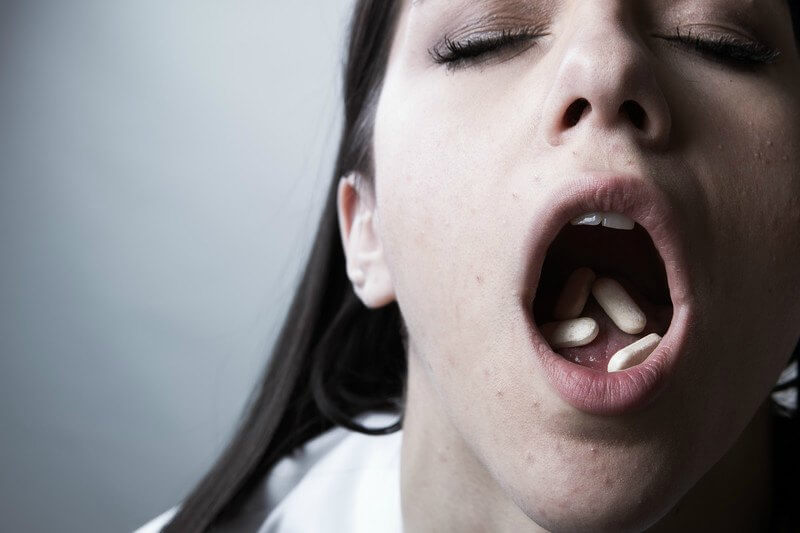
Healthy Living: Is the Time Change Making You SAD?
Written by WinGate Wilderness Therapy Program for Teens, Posted on
An estimated 10 million Americans, both adults and teens, suffer from Seasonal Affective Disorder (SAD). It’s believed that an additional 10 to 20 percent of Americans have a mild form of SAD. For SAD sufferers, the cold and short winter days can have a drastic influence on their mood. While they may be happy and full of energy during the spring and summer months, they tend to become sad, withdrawn, and prone to fatigue as the fall and winter months drag by.
SAD is also called Seasonal Mood Disorder and may be referred to as the “winter blues” by some. Regardless of what it's called, it is a form of depression that's triggered by periods of decreased sunlight and is alleviated when the days become longer. To some extent, everyone deals with these feelings. Unfortunately for some, it's more difficult to manage their depressive symptoms.
A Quick Explanation of SAD
The amount of sunlight we get has the ability to cause chemical changes within our body. This, in turn, affects our mood and how we feel. SAD causes the body’s biological/internal clock to become off balance. This impacts our melatonin levels, which can easily cause a decrease in the amount of sleep we get, as well as how refreshing the sleep is. Additionally, the level of serotonin in the brain can decline affecting our mood.


